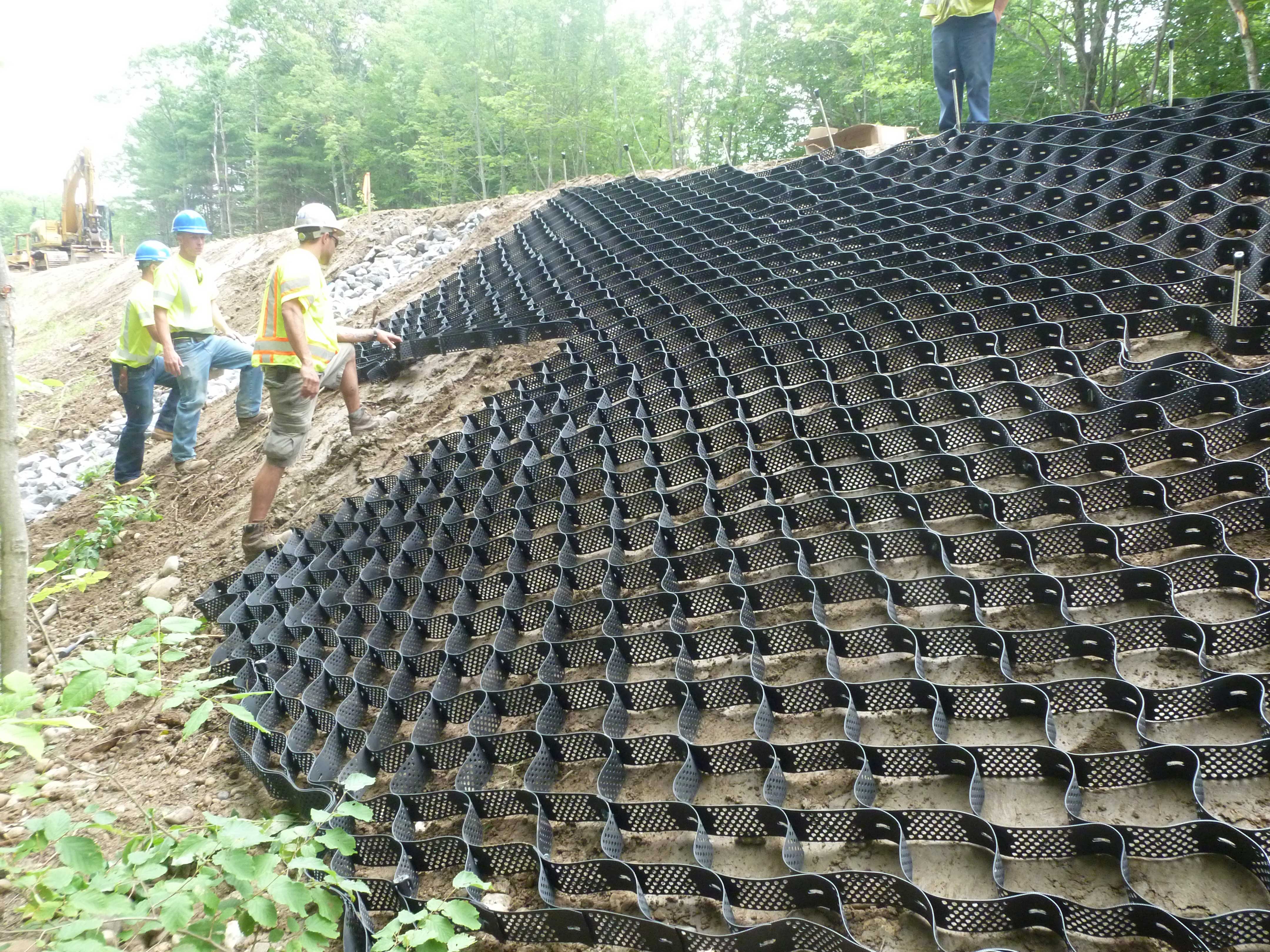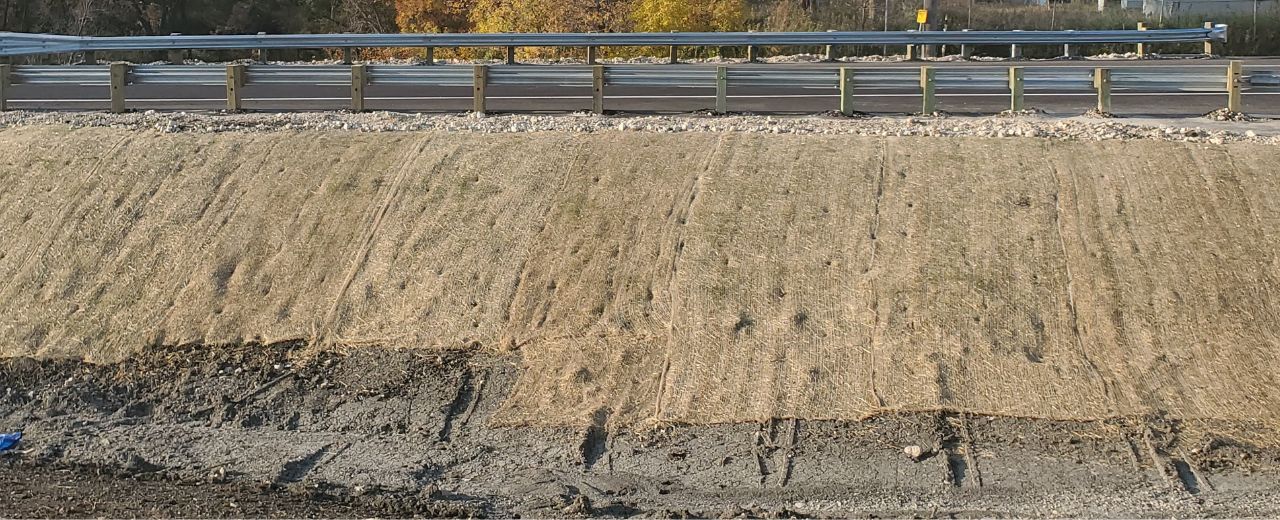Accurate Solutions from Memphis Erosion Control Solutions trenching
Wiki Article
Reliable Erosion Control Methods for Lasting Land Administration
Are you looking for ways to successfully handle erosion on your land? Discover the different types of erosion and their influence on your land, as well as natural methods to control erosion. Learn how to apply efficient disintegration control procedures and make certain correct surveillance and upkeep.Importance of Disintegration Control in Sustainable Land Administration
Since it assists protect against soil deterioration and loss,Erosion control is vital for sustainable land monitoring. By implementing efficient erosion control methods, you can ensure the long-term health and performance of your land. Without appropriate erosion control steps, dirt disintegration can occur, bring about the loss of useful topsoil that is abundant in nutrients essential for plant growth.One of the main factors disintegration control is essential is since it assists to preserve soil fertility. In addition, disintegration can lead to sedimentation in nearby water bodies, which can negatively impact water communities.
An additional trick benefit of disintegration control is the prevention of land deterioration. Erosion can trigger the loss of important topsoil, which takes years to develop naturally. This loss of topsoil can result in ineffective and barren land, making it difficult for plants to grow and for ecological communities to grow. By implementing erosion control methods such as terracing, shape plowing, and using cover crops, you can assist protect against land degradation and keep the health and wellness of your land.

Kinds Of Erosion and Their Effect On Land
Understanding the various types of disintegration and how they affect the land can aid you apply much better land management techniques. Disintegration is the process through which soil, rocks, and other materials are progressively put on away and transported by natural forces such as wind, water, and ice. There are 4 major kinds of disintegration: sheet disintegration, rill disintegration, gully erosion, and mass motion erosion.Sheet disintegration happens when a slim layer of dirt is removed consistently from the surface area of the land. This kind of disintegration is commonly created by hefty rainfall or incorrect land monitoring techniques such as overgrazing or logging. Rill erosion, on the various other hand, takes place when little channels or rivulets are based on the land due to the circulation of water. This can take place on steep inclines or areas with compacted dirt.
When larger networks or gullies are formed due to the constant circulation of water,Gully erosion is more serious and happens. This type of disintegration can cause substantial damage to the land, causing loss of topsoil and plant life. Mass movement disintegration refers to the movement of big amounts of dirt and rocks downhill due to the pressure of gravity. This can take place in the type of landslides or dropping.
Recognizing these different kinds of erosion and their influence on the land is essential for effective land management. By carrying out erosion control techniques such as terracing, shape plowing, and reforestation, you can decrease erosion and protect the honesty of the land. Furthermore, exercising excellent land administration methods like correct plant turning, preserving ground cover, and using sediment control steps can better aid in protecting against disintegration.
All-natural Disintegration Control Methods for Lasting Land Monitoring
By implementing all-natural disintegration control methods, you can successfully protect the integrity and manage of your land. One effective approach is making use of plant life, such as turfs and plants, to support dirt and stop disintegration. Planting indigenous types can assist raise origin thickness and bind the soil with each other, decreasing the risk of disintegration brought on by hefty rains or wind (Memphis Erosion Control Solutions silt fences). Furthermore, mulching is another all-natural method that can assist regulate disintegration. By using a layer of natural compost, such as timber chips or straw, you can shield the dirt from the effect of raindrops, lowering dirt compaction and overflow. One more all-natural disintegration control approach is contouring the land. By creating contour lines or terraces on inclines, you can reduce the flow of water and permit it to penetrate the soil, reducing erosion. In areas where erosion is a considerable problem, installing disintegration control coverings or floor coverings can be helpful. These mats are constructed from naturally degradable materials and assist maintain the soil up until vegetation is developed. Overall, by using these natural erosion control approaches, you can properly manage and safeguard your land from erosion, guaranteeing its long-term sustainability.Carrying Out Effective Disintegration Control Procedures

One such method is the usage of disintegration control blankets. In addition, planting plants is a crucial action in erosion control. By executing these verified disintegration control approaches, you can properly shield your land and reduce the threat of erosion and its harmful results.
Monitoring and Upkeep of Disintegration Control Techniques
When tracking and keeping erosion control steps, it's essential to routinely inspect the disintegration control blankets, terraces, plant life, and sediment control measures to ensure they are operating appropriately and efficiently bulk rock near me stopping erosion (Memphis Erosion Control Solutions excavation). By performing routine examinations, you can identify any problems or deficiencies in the disintegration control methods and take necessary actions to rectify them
Beginning by examining the erosion control blankets. See to it they are safely anchored and cover the intended areas without any voids. Search for indicators of damage or wear, such as rips or exposed dirt. Replace or repair any kind Get the facts of broken coverings quickly to keep their performance.
Next, examine the balconies. Look for indicators of erosion, such as debris build-up or irregular surface areas. Guarantee that the balconies are correctly created and maintained to divert water flow and decrease erosion. Clear any type of gathered sediment to preserve their functionality.
Evaluate the vegetation in the erosion control location. Proper plant life protection helps support the soil and protect against disintegration.
Last but not least, check the debris control procedures, such as sediment basins or debris fences. Make certain they are correctly installed and operating as planned. Eliminate any kind of collected debris and ensure that the controls are correctly preserved.
Normal surveillance and upkeep of disintegration control steps are critical for their long-lasting performance in preventing disintegration and maintaining lasting land monitoring practices.
Conclusion
Finally, you should focus on disintegration control for lasting land administration. By recognizing the different kinds of erosion and their impact on the land, you can implement efficient natural disintegration control approaches. It is essential to routinely keep an eye on and keep these methods to guarantee their long-term effectiveness. By doing something about it and applying these measures, you can help shield the land from discover here disintegration and promote sustainable land administration practices. So, don't hesitate to make erosion control a priority for a healthier and even more sustainable future.Discover the various types of disintegration and their impact on your land, as well as all-natural methods to control disintegration. There are four main kinds of erosion: sheet disintegration, rill erosion, gully disintegration, and mass movement disintegration.
By applying erosion control techniques such as terracing, contour plowing, and reforestation, you can reduce disintegration and protect the honesty of the land (hydroseeding). In general, by using these natural erosion control approaches, you can efficiently take care of and protect your land from disintegration, ensuring its lasting sustainability
By comprehending the different types of disintegration and their influence on the land, you can carry out reliable natural erosion control techniques.
Report this wiki page